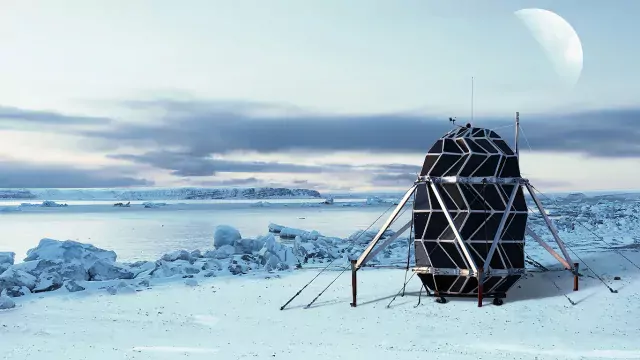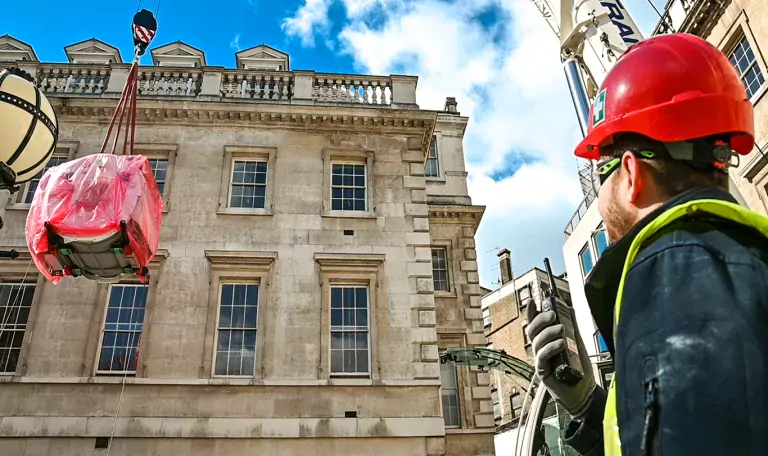Smarter thrives in outer space
SAGA Space Architects design outer-space habitats from a human perspective. Founded by Danish architects, Sebastian Aristotelis and Karl-Johan Sørensen, their goal is to integrate social sustainability and mental well-being with space exploration and to make living in outer space accessible to everyone.
The Challenge
LUNARK is SAGA’s latest and most ambitious project. Having built the world’s first analogue moon habitat and transported it to Greenland, the team endured three months in harsh Arctic conditions. The expedition began in permanent daylight and ended in permanent darkness, with temperatures dropping as low as -30°C and wind speeds over 50mph (90km/h). Every two minutes, biometric and environmental readings were taken, measured and stored.
The crew also completed at least six questionnaires per day. The goal was to understand whether their wellbeing correlated with the results of the data they were capturing.
One of the main psychological challenges in space is the lack of stimuli. The team theorised that simulating sunrise, sunset and the changing weather on Earth should improve the mental well-being of astronauts. In order to test the theory, natural circadian rhythms were designed and implemented using LED lighting panels in the habitat, controlled and monitored by the ThinkPad P53.
With the expedition completed, the challenge now is to learn as much as possible from the data they collected to help improve the well-being of astronauts in future missions to space.
HOW LENOVO WORKSTATIONS TRANSFORMED THEIR PROCESS
The LUNARK team needed workstations that were reliable, lightweight and able to capture data 24/7 for the entirety of the expedition. Both the ThinkPad® P53 and the ThinkStation® P340 were crucial to the success of the expedition.
ThinkPad P Series
Two ThinkPad P53 laptops, equipped with Intel® Xeon® processors, delivered mission-critical processing, real-time analytics and artificial intelligence for the duration of the expedition. They were used as the main tools for:
- Interfacing with the habitat
- Controlling and monitoring experiments
- 3D modelling, for replacing parts using a 3D printer
- Completing research and questionnaires
- Storing all habitat files, documentation and user manuals
- Video, photo file management and backup, including over 100 TB of video footage (up to 8K)
ThinkStation P340 TWR
Since returning from Greenland, the LUNARK team are using the ThinkStation P340 to edit footage and photos and analyse the data using Pandas DataFrames. The P340 will be used to train an anomaly detection model on the data sets. Using Python™ 3.8, a Variational Auto Encoder is modified to use a Student T distribution in Tensorflow. This is correlated with the events of the expedition, comparing the data from the habitat sensors and the daily surveys to gain insights into the optimum environment for an astronaut’s well-being.
Thanks to the massive processing power of the ThinkStation P340, the team is able to use CPUintensive Photogrammetry, 3D modelling and texturing to create a detailed, high-polygon 3D model of the interior of the habitat, which will soon be available as a virtual reality experience.





